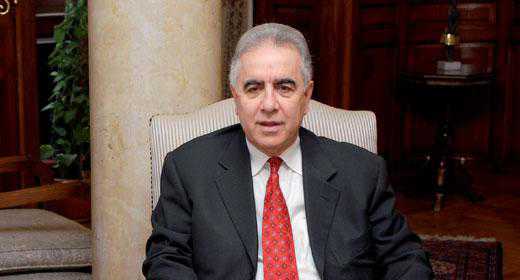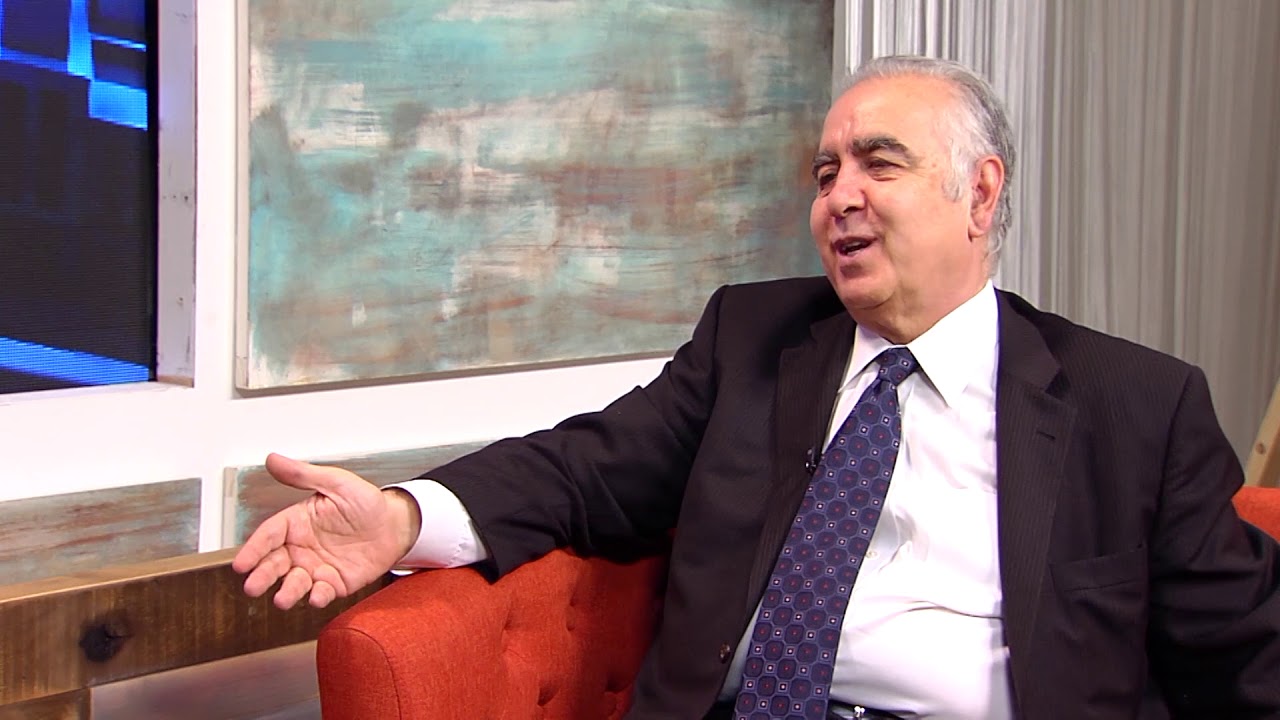
Money may help solve some problems, but does not solve them all. And sometimes it backfires!
Azerbaijan is the perfect example of a filthy rich country using its billions of petrodollars to win over foreign politicians and individuals in all walks of life in an attempt to improve its shoddy image around the world. In fact, the term “caviar diplomacy” was specially coined to describe the “goodies” that Azeri officials regularly and generously distribute to achieve their sinister purposes.
For example, Baku paid $5 million to Mexico City to renovate a park on condition that the statue of former President Heydar Aliyev be displayed in that prominent location. After Mexican activists became aware of this unseemly deal, the dictator’s statue was dismantled and unceremoniously dumped in storage.
Azeri officials are finding out that not everyone can be bought and there still are some honorable people in this world who cannot be bribed! One such person with impeccable integrity is Peter Savodnik of the New York Times. Earlier this month, the American journalist was invited to Baku by Ibrahim Ibrahimov, an Azeri multi-billionaire, in order to get the New York Times to write a puff piece on his gargantuan construction project.
Unimpressed by the excesses of the nouveau riche Azeri oligarch, Savodnik wrote a scathing article ridiculing Ibrahimov’s grotesque vision. Here are brief excerpts from the reporter’s lengthy article:
Ibrahimov is planning to build “a sprawling, lobster-shaped development called Khazar Islands — an archipelago of 55 artificial islands in the Caspian Sea with thousands of apartments, at least eight hotels, a Formula One racetrack, a yacht club, an airport and the tallest building on earth, Azerbaijan Tower, which will rise 3,445 feet. When the whole project is complete… 800,000 people will live at Khazar Islands, and there will be hotel rooms for another 200,000. …It will cost about $100 billion.”
Savodnik reports that the day before he arrived in Azerbaijan, Ibrahimov’s representative flew to Moscow to hand-deliver a book and DVD on the Khazar Islands project. Once in Baku, the journalist was struck by the oligarch’s lavish lifestyle — “sitting in the back seat of a black Rolls-Royce as it tore across island No. 1 of his soon-to-be built archipelago. Nigar Huseynli, his 23-year-old assistant, was sitting up front in a black and white floral-print skirt, black tights and rectangular black sunglasses. She seemed to be vaguely worried, always. She wore a great deal of perfume that, she said, came from Italy. ‘When he’s in Azerbaijan,’ Huseynli said, ‘Mr. Ibrahimov always drives in his black Rolls-Royce. In Dubai, he has a red one.’”
Sporting “blue Stefano Ricci crocodile-skin shoes that matched his blue Stefano Ricci jeans, blue Zilli jacket and blue Zilli button-down shirt,” Ibrahimov told Savodnik that the Azerbaijan Tower would definitely be in Guinness World Records. If the Saudis or Emiratis or anyone anywhere tried to build a bigger building, Ibrahimov said he would then build an even bigger one!
Savodnik writes that the Azeri oligarch described Pres. Ilham Aliyev, the Boss of All Bosses, as “a great supporter, an ally, the son of the savior of the people of Azerbaijan.” When the NY Times reporter asked Ibrahimov “about other features of his regime: the lack of transparency, the lack of civil liberties, the detention of opposition activists,” his response was typical of all oligarchs: “I don’t know anything about politics.”
The American journalist boldly slammed both Ibrahimov and his country: Azerbaijan “builds nothing that the rest of the world wants and has no internationally recognized universities. It does, however, have oil.” In a follow up article, Savodnik concluded: “Underneath all the glass and steel and neon lights, it [Azerbaijan] is still an authoritarian state.”
This is not the first time The New York Times has published an exposé of Azerbaijan. In an October 27, 2003 editorial, the newspaper wrote: “Ilham Aliyev, businessman, playboy and novice politician, received a nice gift from his father — the country of Azerbaijan. Heydar Aliyev had ruled Azerbaijan almost continuously for 34 years, first as an agent of the Soviet Politburo and then as an autocrat in his own right. When he became too ill to continue, he anointed his son to run for president in his place. Ilham Aliyev ran a rigged campaign, using all the powers of the state, and then celebrated his victory by arresting most of the opposition.”
The New York Times concluded its scathing editorial by urging the United States to keep Pres. Aliyev “at arm’s length and avoid repeating the unfortunate history of supporting autocrats who sit atop oil riches.” Regrettably, this warning went unheeded by successive US administrations.


Leave a Reply